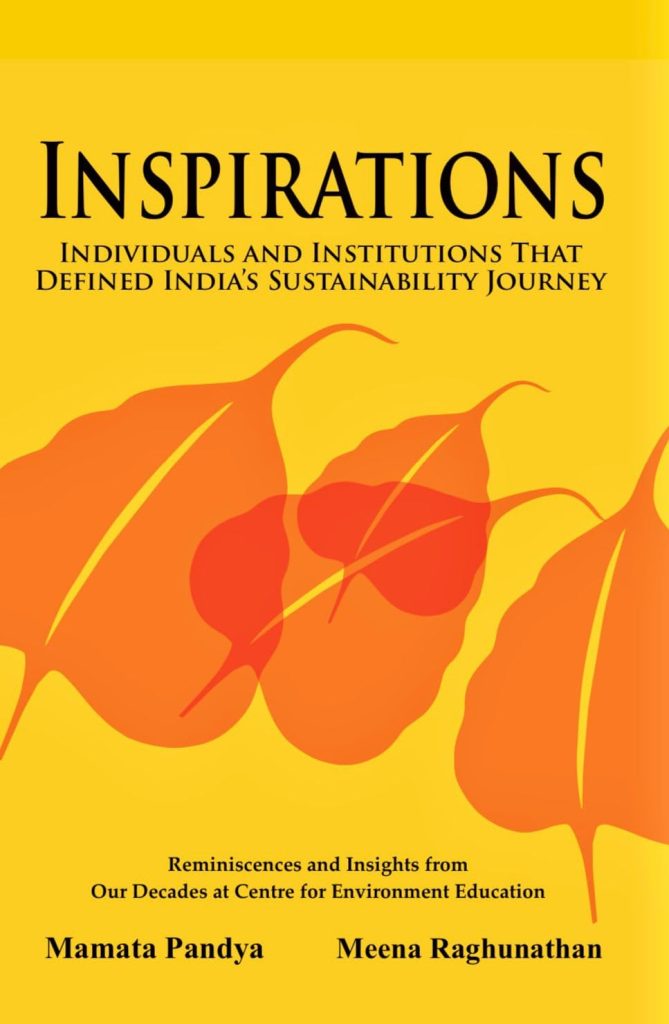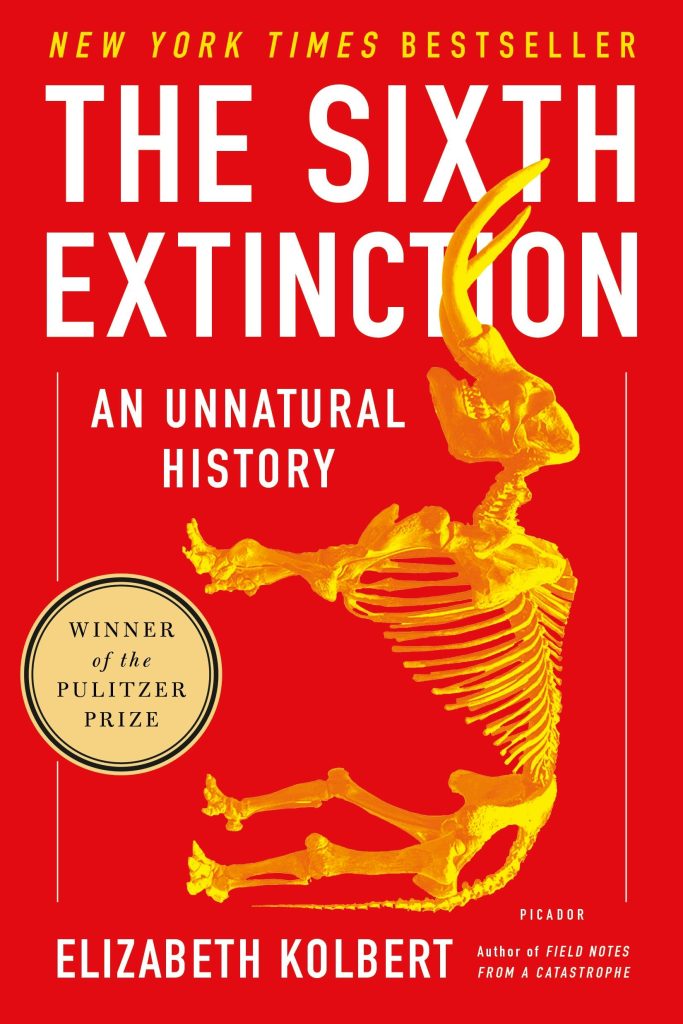
ISBN-9780300197075
Yale University Press, September 30, 2014
Your enjoyment of John Marzluff’s new popular science book Welcome to Subirdia will likely be determined by your familiarity with the issues that he discusses within its ten chapters. The book, subtitled Sharing Our Neighborhoods With Wrens, Robins, Woodpeckers, and Other Wildlife, serves as a primer on the role that developed spaces—cities, suburbs, and the “exurbs” that often connect the two—can play in conserving wildlife and preserving or enhancing local ecosystem function. The word “subirdia” reflects the idea that these human-disturbed environments act as “a bridge that connects the more urbanized parts of the city to the wilder country beyond the metropolis”, thereby providing space for birds and oth]er wildlife.
Marzluff, Professor of Wildlife Science in the University of Washington’s School of Environmental and Forest Sciences, draws heavily from his own research in and around Seattle over the past many years. He and his students have studied everything from the hefty pileated woodpecker down to the diminutive Pacific wren. In the process, they have developed a detailed understanding of which avian species are avoiders, adapters, and exploiters —or, in other words, those that flee from human disturbance, those that modify their behaviour so as to cope with it, and those that thrive in it, respectively.
Unfortunately, the first seven chapters of the book pass in a blur. The author mentions a range of interesting research, but doesn’t really describe it in a satisfying amount of detail; he provides tantalizing glimpses into his team’s methodologies, then leaps straight into simplified summaries of the findings that will feel shallow and insufficient to readers who have any previous knowledge of the intricacies of the relationships between wildlife and anthropogenic spaces. On the other hand, those who are seeking exposure to this information for the first time will find Welcome to Subirdia to be a useful review that will quickly bring them up to speed on the basics.
The book improves greatly in the final four chapters. In chapter seven, Marzluff eloquently explains the processes of adaptation and evolution, emphasizing how humans can—often unknowingly—act as a selective pressure on the wildlife with which they share their habitats. In the next chapter, the author broadens his focus in order to explore the many other types of organisms that are threatened by or can make themselves at home in, human spaces. This important section emphasizes that the feathered subjects of the first several chapters are only a portion of the many species of wildlife that encounter humans; like their avian relatives, mammals, invertebrates, fish, and herps also either adapt, exploit or avoid. The final two chapters provide useful advice to readers who have been inspired by the preceding pages and would like to join citizen science efforts, landscape in a bird-friendly way, or lobby for more eco-friendly practices in their neighbourhoods.
Marzluff writes in an accessible, jargon-free way, making the findings of academic research easily comprehensible to the average reader. In fact, some portions of the book are unexpectedly poetic, as in the following passage from the last page:
Cutting our ties to the web is like cutting the belay line climbers rely upon as they stretch for a distant handhold. As we stretch to live within a rapidly changing world, are we ready to gamble on an unprotected, solo climb? My hope is that we forego a lone ascent and instead seek creative ways to coexist with a wide diversity of birds and other creatures.
However, Marzluff’s desire to write in a straightforward manner also sometimes means that he is overly simplistic, to the point that he is also sometimes inaccurate. For example, he writes about a fellow scientist who has “a passion for forests and their nemeses: fire, bugs, and climate change.” Any reader with a basic understanding of ecology will know that wildfires can actually be a boon for forests, providing the conditions necessary for the germination of seeds and the growth of new saplings; insects, likewise, may play an essential role in promoting decomposition and pollinating flowers. Although pedantry can get in the way of a good read, inaccuracies like these may actually defeat the purpose of a conservation-minded popular science book like this one.
The release of Welcome to Subirdia was accompanied by many lengthy, heated discussions on Internet chat boards, where wildlife-lovers expressed surprise at the author’s support of suburbs and built-up habitats—areas that ecologists have typically dismissed as wasted space. However, most modern conservationists agree that anthropogenic areas are a vital resource in conservation efforts, and Marzluff’s book helps explain why this is so. It’s a shame that the book doesn’t provide more details to back up this central thesis, but it still takes an excellent first step towards changing the way that the average reader views the urban jungle and the non-human creatures that can make their homes within it.





